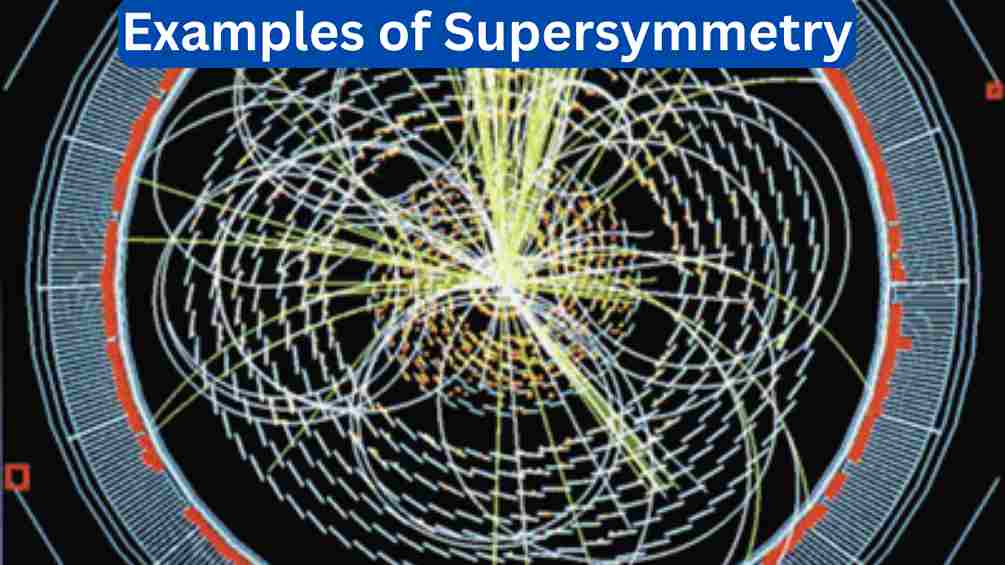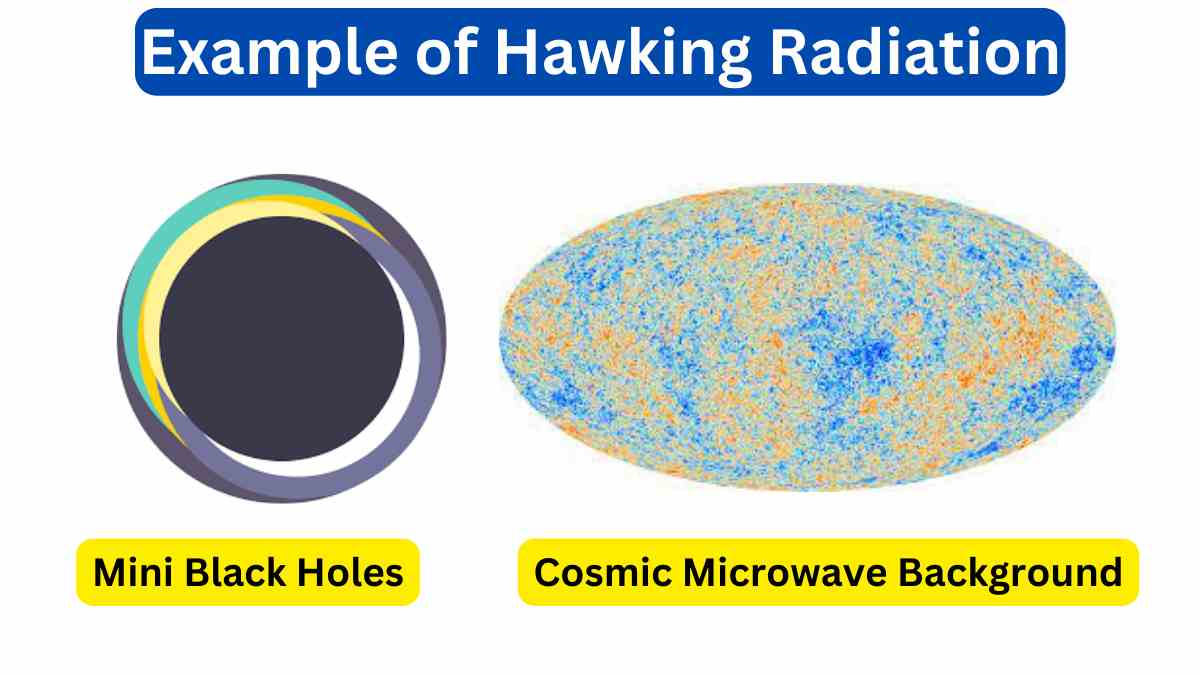10 Examples of Supersymmetry
Supersymmetry is a theoretical framework in particle physics that posits a symmetry between particles with integer spin (bosons) and particles with half-integer spin (fermions). While experimental evidence for supersymmetry is yet to be found, it offers several theoretical advantages and potential solutions to outstanding questions in physics.
Examples of Supersymmetry
Here are ten examples of supersymmetry-related concepts and phenomena.

1. Superpartners
Supersymmetry predicts the existence of superpartners for each known particle in the Standard Model. For instance, fermions like electrons have bosonic superpartners called selectrons.
2. Higgs Boson and Higgsino
Supersymmetry incorporates the Higgs boson and predicts its fermionic superpartner called the Higgsino. Supersymmetry can help stabilize the Higgs boson’s mass.
3. Neutralinos and Charginos
Neutralinos and charginos are supersymmetric particles that are linear combinations of neutral electroweak bosons (photons and Z bosons) and their superpartners. They are potential candidates for dark matter.
4. Gluinos
Gluinos are the superpartners of gluons, the particles responsible for the strong nuclear force. Detecting gluinos would provide evidence for supersymmetry.
5. Squarks
Squarks are the superpartners of quarks, which are elementary particles that makeup protons and neutrons. Supersymmetry predicts multiple squark varieties.
6. Sleptons
Sleptons are the superpartners of leptons, which include electrons and neutrinos. Supersymmetry introduces various slepton states.
7. R-Parity
Supersymmetry introduces a quantum number called R-parity, which is conserved in supersymmetric processes. If R-parity is conserved, it can explain the stability of dark matter candidates like the lightest neutralino.
8. Minimal Supersymmetric Standard Model (MSSM)
The MSSM is an extension of the Standard Model that incorporates supersymmetry. It introduces a rich spectrum of supersymmetric particles and interactions.
9. Supersymmetry Breaking
To account for the lack of observed superpartners in nature, supersymmetry must be broken at some energy scale. The mechanism of supersymmetry breaking is a crucial aspect of many supersymmetry models.
10. Grand Unified Theories (GUTs)
Supersymmetry can be incorporated into Grand Unified Theories (GUTs), which attempt to unify the fundamental forces of nature. Supersymmetric GUTs predict new particles and interactions at very high energies.
While direct experimental evidence for supersymmetry has yet to be confirmed, it remains an active area of research in particle physics. Discovering supersymmetric particles would have profound implications for our understanding of the universe, including its particle content, dark matter, and the unification of fundamental forces.







Leave a Reply